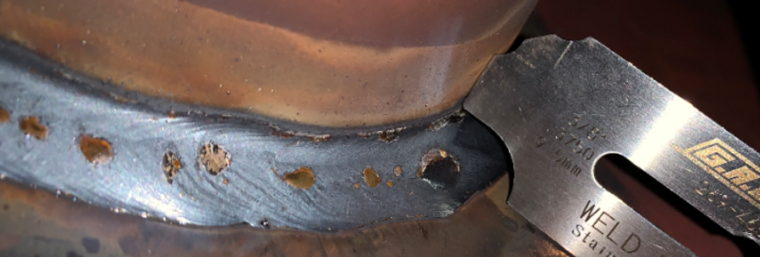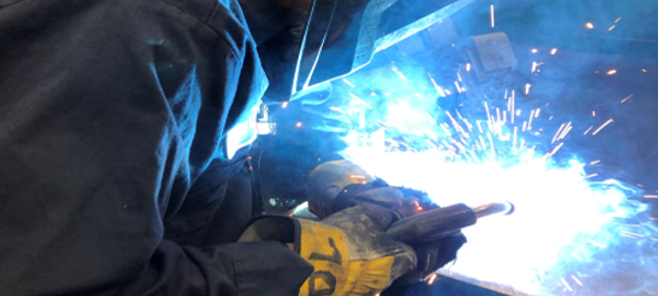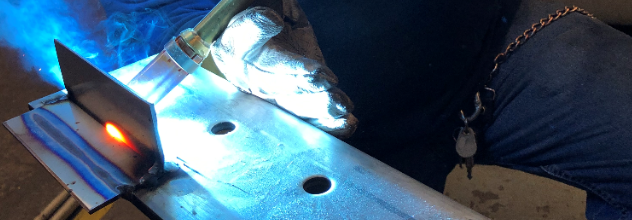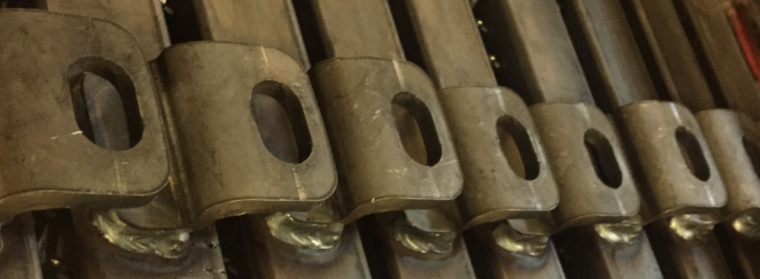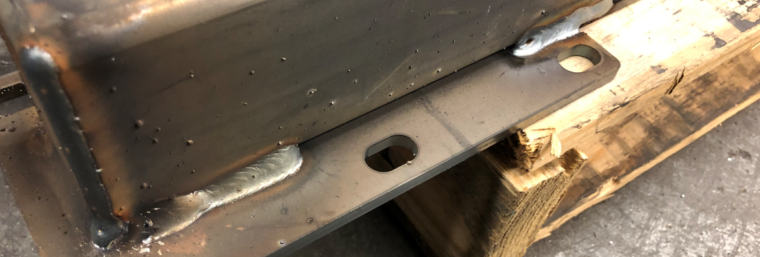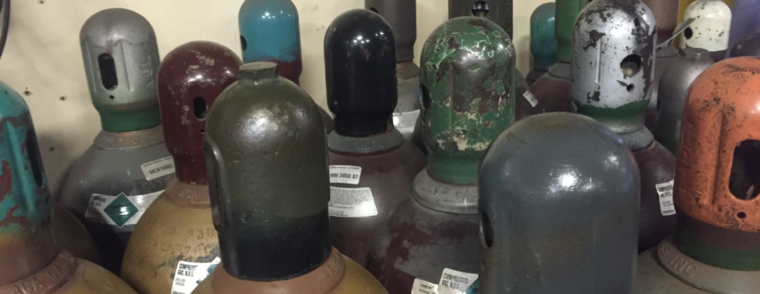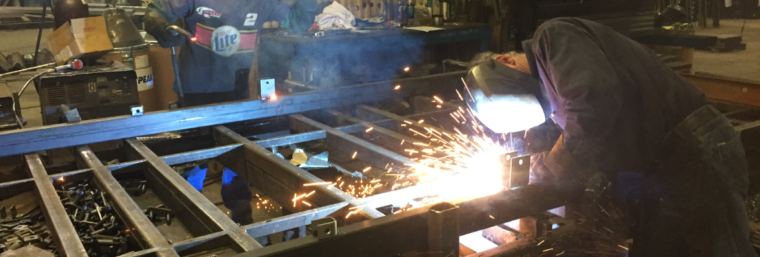3 Keys to Troubleshooting Welding Problems

Troubleshooting of welds and other welding problems increases costs in welding, causes delays and affects weld quality. Even a moderate understanding of welding problems, their symptoms, causes and potential solutions can help tremendously. The more informed you are the better. To successfully troubleshoot and fix welding discontinuities, welding defects and other welding problems we need […]


